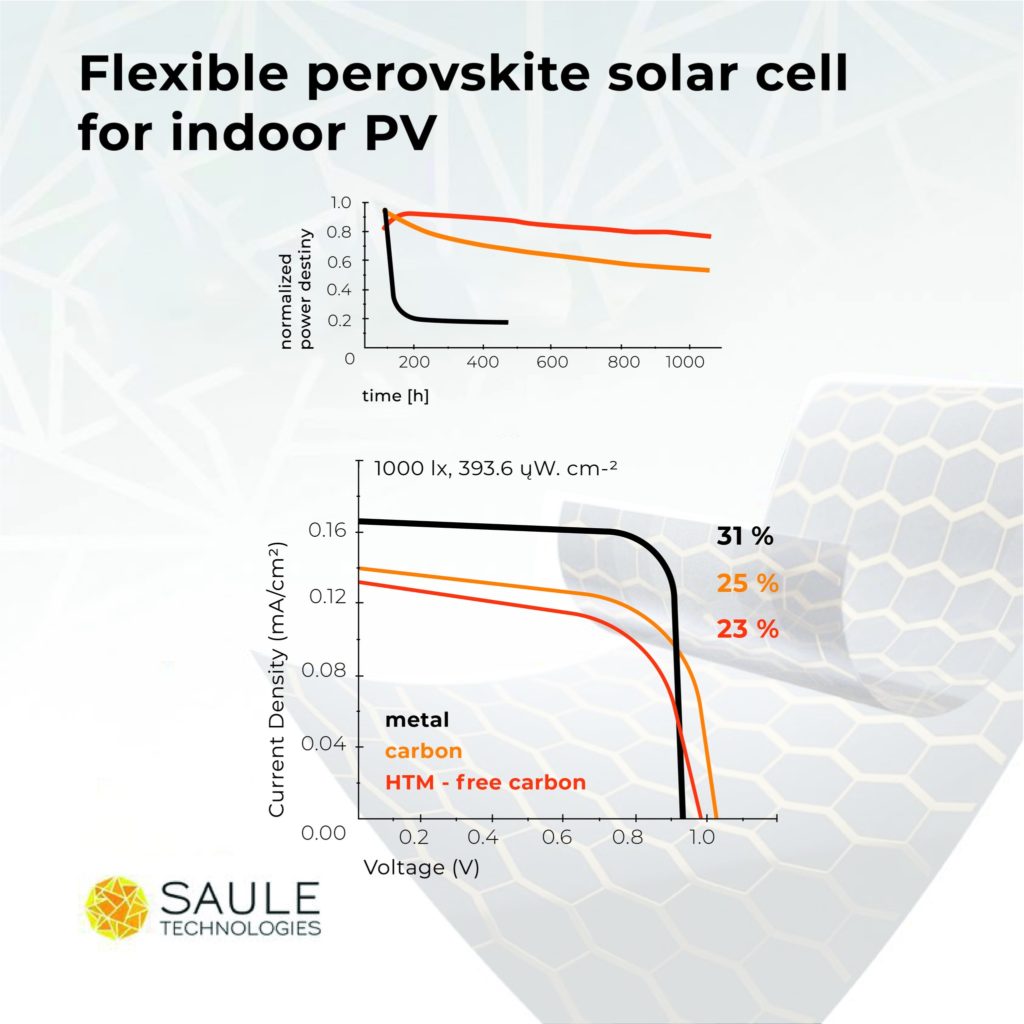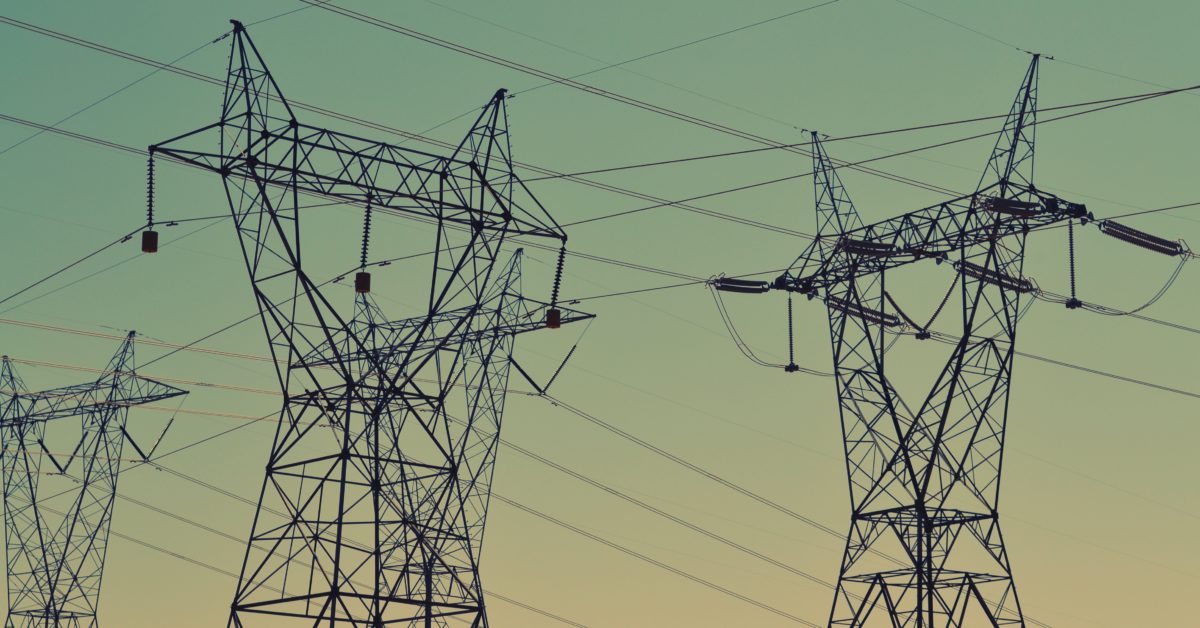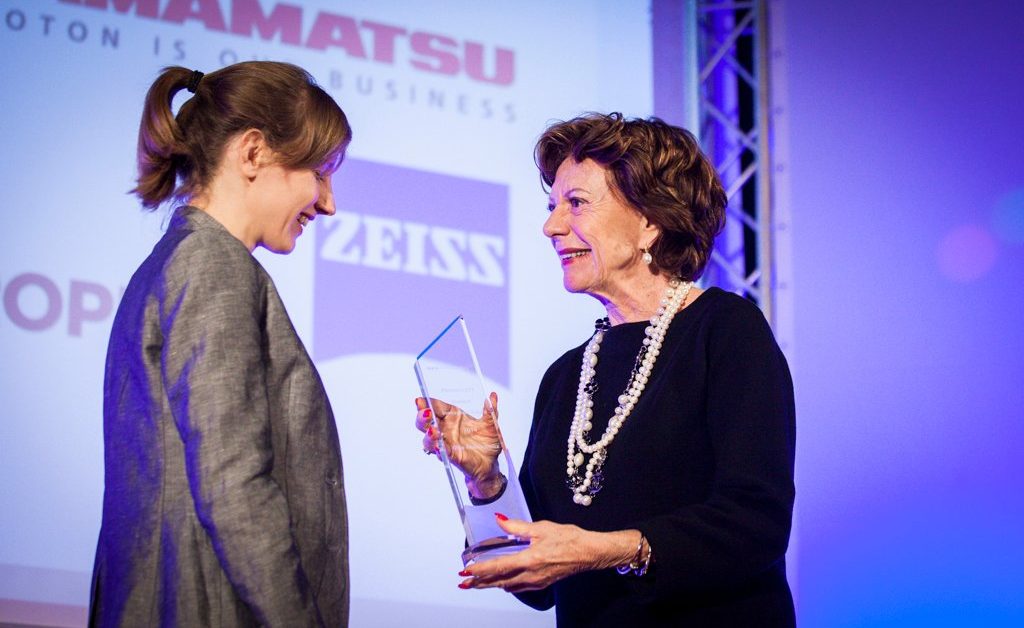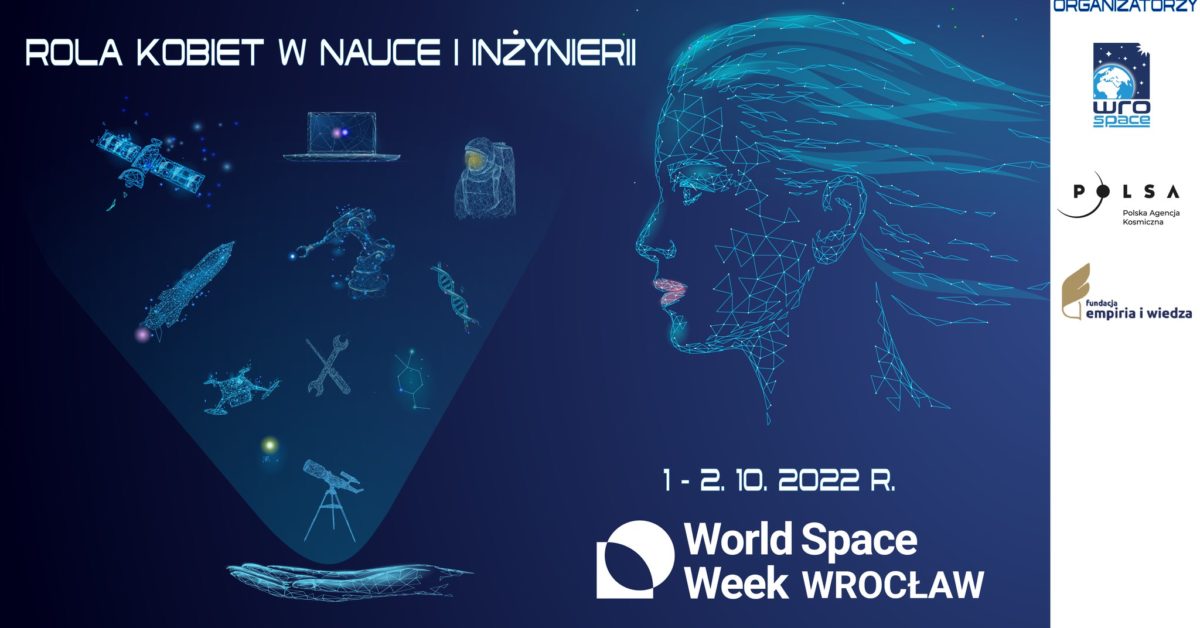Flexible perovskite solar cells reach the impressive 31% efficiency
Flexible perovskite solar cells reach the impressive 31% efficiency
We are pushing the boundaries ever further! In our new publication co-authored with scientists from Fraunhofer ISE, Chose Polo Solare Organico, and LEPABE – we have achieved an impressive 31% power conversion #efficiency for #flexible indoor #perovskite #solar cells. It is among the highest values ever reported to date for such devices.
Perovskite Solar Cells (PSCs) are well known for their high efficiencies under 1 sun (AM1.5G), however, PSC can also generate power by harvesting the low-light available indoors. Here, three flexible PSC architectures are presented for indoor applications: with a metal electrode aiming for high efficiency; carbon electrode aiming for high stability and compatibility with large-scale production; and hole transport material (HTM)-free carbon for simplifying the fabrication process. A maximum efficiency of 30.9% (30.0%) under 1000 lux (200 lux) is obtained for a PSC with gold electrode.
A maximum efficiency of 25.4% (24.7%) and 23.1% (22.3%) is obtained for the carbon devices with and without HTM, respectively, under 1000 lux (200 lux). To the best of the author’s knowledge, the efficiency values presented here for a device with a carbon-based electrode, with and without HTM, are the record values for a flexible PSC at indoor light conditions. Furthermore, the HTM-free carbon device kept 84% of its initial efficiency after 1000 h at MPPT and lost virtually no performance after 1000 h at 85 °C. Also, non-encapsulated devices of all configurations withstood 1600 h in air with a maximum loss in efficiency of 6%.
The funding we obtained from Narodowe Centrum Badań i Rozwoju was of massive help in this journey and we couldn’t be more proud of this milestone.
Read more in our article: Charge Extraction in Flexible Perovskite Solar Cell Architectures for Indoor Applications – with up to 31% Efficiency.
Many thanks to the co-authors!

photo 1: Flexible perovskite solar cells reach the 31% efficiency. Illustrational graph. source: https://doi.org/10.1002/adfm.20220676






